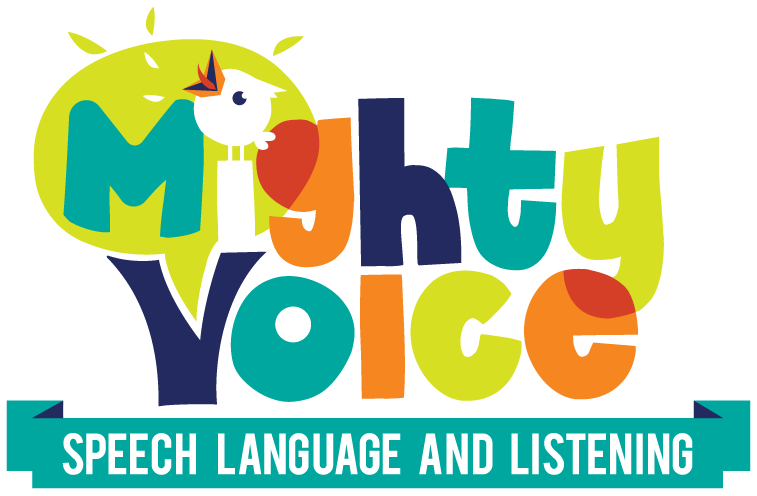We’ve all been there…you’ve asked classroom teachers to give you input for a student’s IEP meeting, and the day before the meeting you’re still trying to track them down so you can finish your paperwork. Or, you got a referral back because a teacher has concerns about articulation, but you didn’t actually get any useful information.

Getting the best speech and language information from classroom teachers isn’t always easy, but it’s worth it. Here are some tips to make sure you’re making the most of the process:
Build Your Relationships Ahead of Time
This probably goes without saying, but building relationships with your classroom teachers is the first and best way to get good information from them. If you have a great relationship with them, they’ll be more likely to fill out referral forms or IEP input forms when you ask them, and you’ll probably get more thorough information from them. Build those relationships early by communicating early and often with them, doing what you say you’ll do, and being a team player. Not only will you create some new friendships, but you’ll also have teachers who are happy to help you when you need it.
Give Teachers Plenty of Time
No one likes feeling rushed, especially classroom teachers who already have a lot on their plates. Give them plenty of time to fill in referral forms or IEP input forms. Be clear about your timeline, and let them know when you’ll need the paperwork back. Highlighting or circling a due date, or who to return a form to, helps teachers find that information easily. Write down when you gave it to a teacher, and if you haven’t received it back when you need it, check in with them.

Make it Collaborative
One of the best ways to really get the information you need is to fill out your referral or IEP input form with the classroom teacher. Set up a time to spend 5-10 minutes together, and bring your referral or IEP input form with you. Start a conversation about what exactly you’re looking for, and fill in the paperwork as you go. It might seem simpler to just send the teacher a form, but sometimes doing it together is quicker an easier than playing email tag, replacing lost forms, and tracking down the information the night before your IEP meeting.
Thank Them
Like anything in life, or special education, you attract more bees with honey than vinegar. If you want to get the best speech and language information from your classroom teachers, thank them when they return the forms or when they send you referrals. Remember, we’re all in this together.
